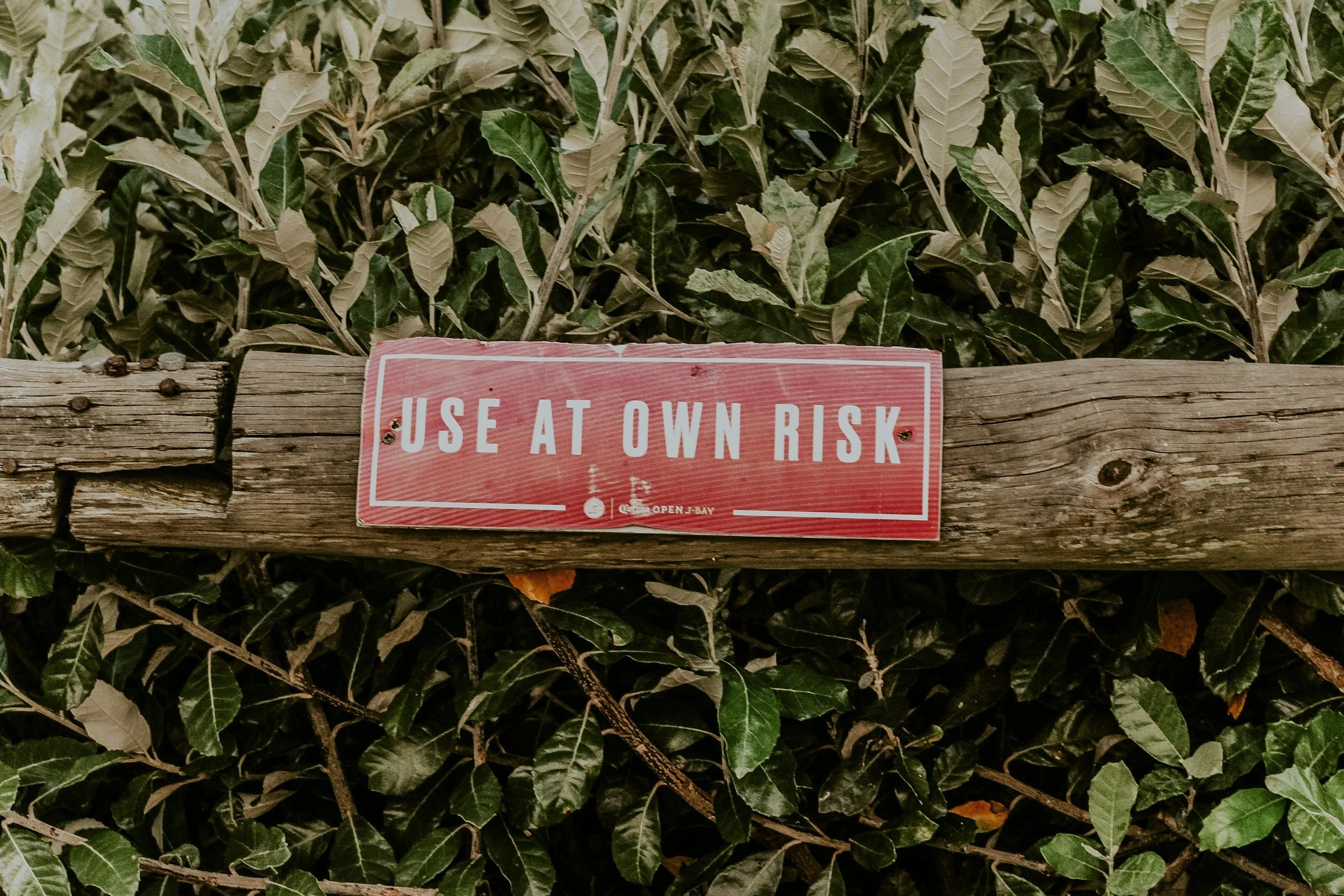How to Write a Show Stop Procedure for Outdoor Events
Most event professionals know they need a risk management plan, but when it comes to writing a show stop procedure, that gets overlooked entirely.
That’s a big problem, especially for outdoor events like street festivals or roving installations. Because in an outdoor space, without a central PA system or clear lines of sight, stopping the event safely takes more than a group chat and a few crossed fingers.
In this article, I’ll explain what a show stop procedure is, and explain how to write one that actually works in the real world.
What Is a Show Stop Procedure?
A show stop procedure is a pre-planned, step-by-step response to pause or shut down an event when a serious safety risk arises.
It’s not about dramatic panic buttons. It’s about clear communication and fast action when something goes wrong, or circumstances become hazardous such as:
Sudden severe weather (lightning, high winds, heavy rain)
Fire emergency
Aggressive, dangerous behaviour or unsafe crowd conditions
Evacuation in public areas
When Do You Need One?
Every event should have a show stop procedure.
When planning an event, you should ALWAYS consider the possibility that the event might need to stop due to a risk or incident. It doesn’t matter if you’re event is indoors or outdoors, you must have a clear plan of the protocol to follow in the event of an early shutdown.
Outdoor events create a unique challenge, that is quite different to a venue with a full PA system. When you’re inside a venue, it’s easier to control communications with both your team and audience.
If your event includes open-air spaces, streets, roving performers, or installations spread across a wide area, you might have the challenge of physical distance against you.
Especially if:
You don’t have a central PA or sound system
Your team is spread out across multiple zones
Your event footprint is large and separated
As the event planner, it’s your responsibility to think about these extra challenges and consider the best way to communicate with your team and audience.
How to Write a Show Stop Procedure (Step-by-Step)
Here’s a breakdown of a real-world framework you can adapt to your event:
1. Identify Your Show Stop Triggers
Define the scenarios that would require a full or partial event stop. These might include:
Lightning within 10km
Fire alert or visible smoke
Crowd disturbance or safety breach
Structural or technical failure
2. Assign Roles
List who is responsible for what in a show stop:
Event Manager: Makes the call to stop the event
Area Wardens: Manage communication and crowd control within their zones
Support Volunteers: Help guide the public and back up wardens
Performers & Artists: Stop activity and follow directions
Tech Teams: Secure equipment if safe
3. Create a Communication Method
Without a PA, you’ll need:
Mobile phones or radios for core staff
Megaphone/bullhorn for loud broadcast to the audience
Pre-assigned runners to deliver messages on foot
A simple code phrase to trigger action (e.g. “Show Stop – Zone A – due to lightning”)
Make sure everyone understands the phrase and knows to repeat it back for confirmation.
4. Plan Public Messaging
Pre-script what your team will say to the public. Keep it short and calm:
“May I have your attention for a special announcement – we’re pausing the event for safety reasons. Please make your way calmly to [shelter/exit]. Follow directions from staff wearing safety vests. Thanks for your cooperation.”
5. Include Restart or Cancellation Protocols
Decide who decides when to resume or cancel. Make sure this is communicated across all teams and zones. Have a clear plan of how you will resume the show - this protocol should be as detailed as your plan was to pause/cancel the show.
6. Debrief After the Incident (Post Event)
Have your wardens report back after any show stop or near-miss. Log what worked, what didn’t, and what needs updating.
Extra Tips for Outdoor Events Without a PA System
Keep all instructions short, repeatable, and easy to deliver person-to-person.
Use lanyard cards or printed quick guides for Area Wardens.
Assign a communication runner to each zone just in case digital comms fail.
Make your plan event and site specific, not generic.
Want more expert insights? Bookmark these extra event planning guides.
What Does the Back-of-House at a Major Event Really Look Like?
Why Most Event Timelines Fail—the Free Fix Hiding in Your Run Sheet
Shop Event Kit
Created by an award-winning event pro who’s delivered festivals for 100,000+ attendees. No subscriptions, no locked platforms — just real templates in Word and Excel you can use today.
A Final Thought: Don’t Wing It
There’s no one-size-fits-all method for writing a show stop procedure.
The best plan is one that’s tailored to your event site, team, and audience, and actually gets used. Whether it’s a short checklist or part of a full safety manual, make sure your team knows the plan before the day begins.
Because when things go wrong (and sometimes, they do), the last thing you want is to figure it out on the fly.
You Might Also Like
Meet Your Mentor
Hi, I’m Rachella — founder of Event Kit, and an Event Consultant with 25+ years of experience running world-class festivals and public events. I started Event Kit because I knew there had to be a better way. These are the tools and tips I wish I’d had when I was starting out, and now I’m sharing them with you.
EVENT KIT LIBRARY
Guides & Tutorials: Expert Insights & Event Planning Inspiration
Your go-to for practical event planning advice, from beginner basics to smart professional development.

















